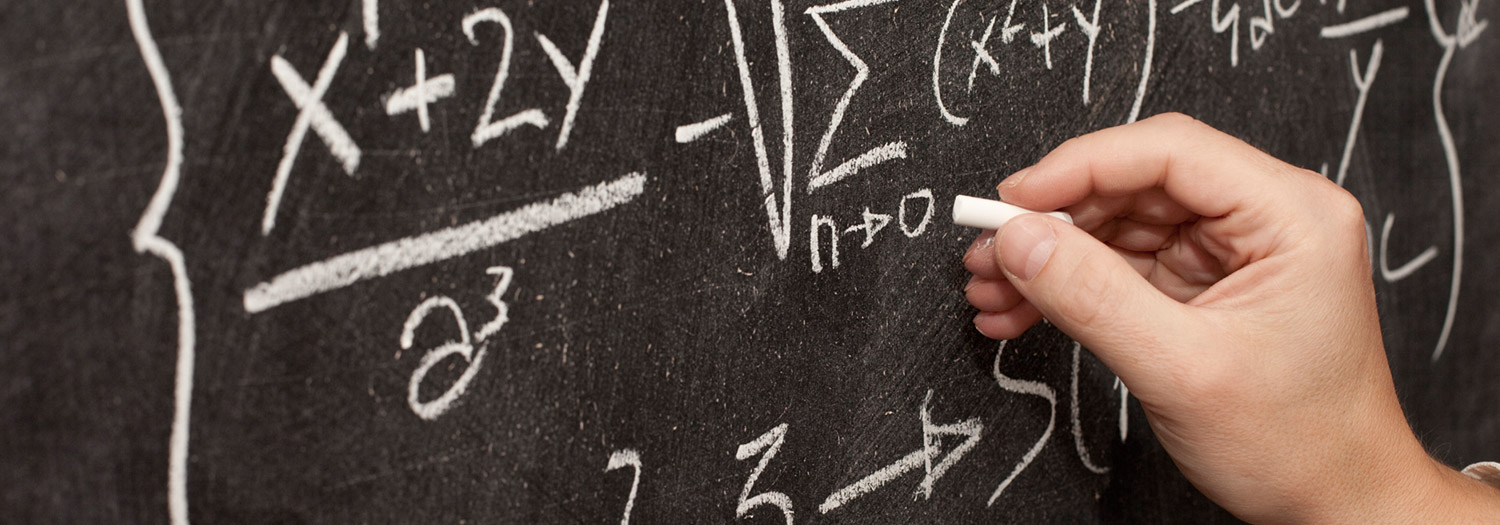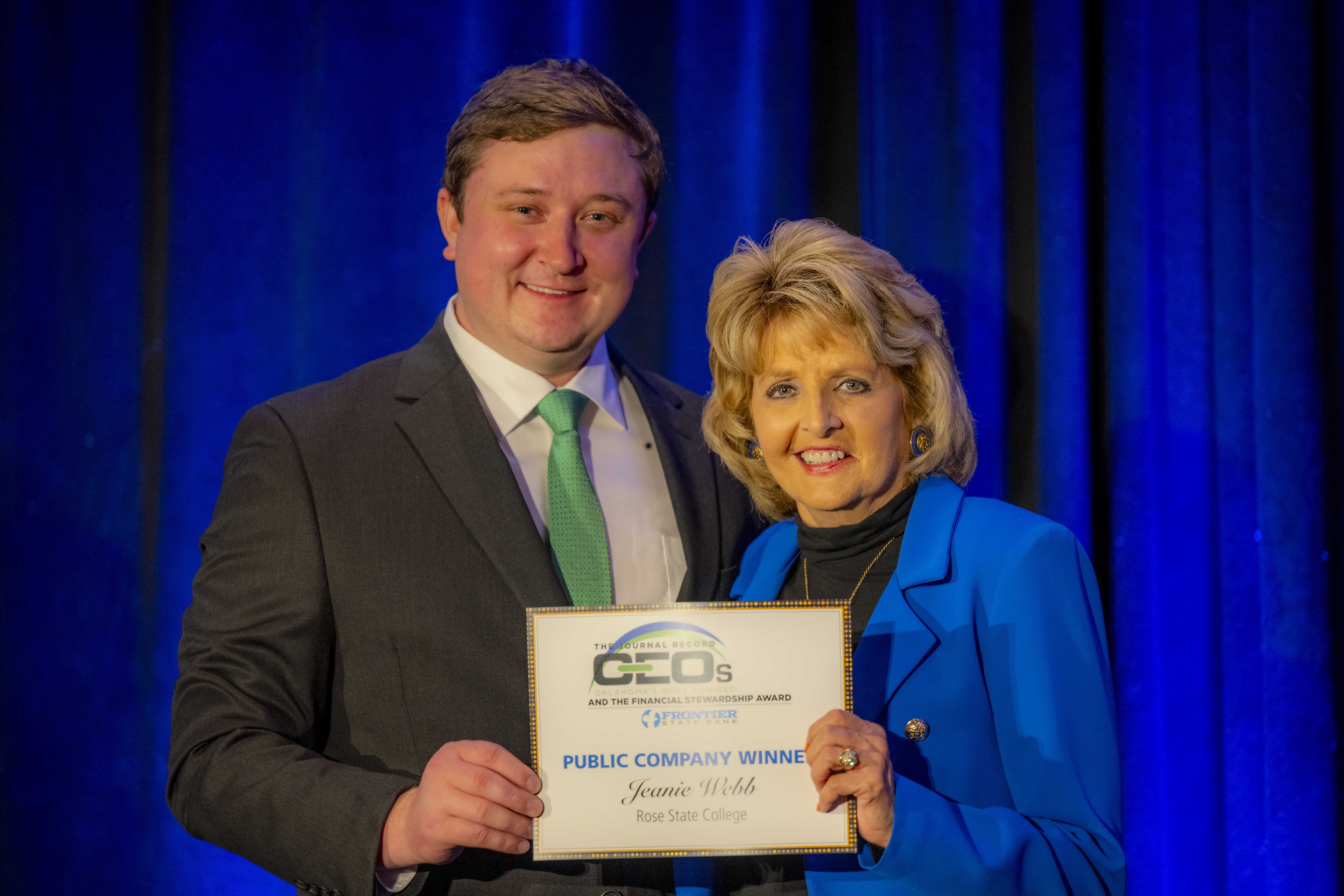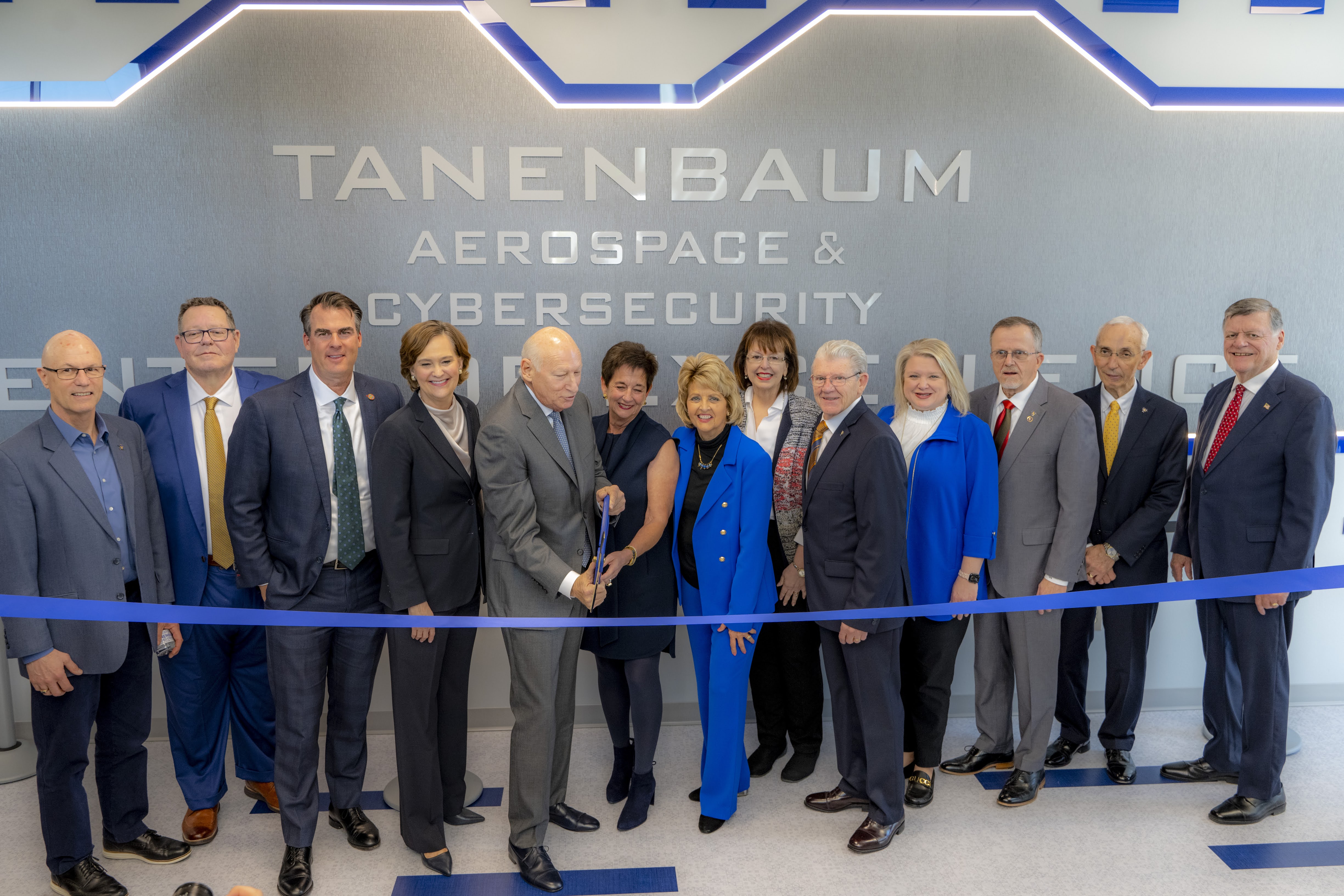Math Pathways
Math Pathways Mission
The mission of Math Pathways at Rose State College is to ensure that students enroll in a General Education mathematics course that aligns with and applies to their field of study and the needs of their future careers. Once students enter their Math Pathway, the selected course(s) aims to foster quantitative reasoning and critical thinking skills in alignment with their chosen field of study.
The RSC Math Department currently offers three courses that satisfy the General Education requirement: General College Math (Non-STEM Pathway), Functions and Modeling (Functions Pathway), and College Algebra (STEM* Pathway). Each was developed to meet particular degree requirements. To decide which one is best for you, compare each course’s design to the needs of your degree program. If you are not certain about your degree, visit with your advisor to determine which pathway is best for you.
Important: Whichever course you choose, check that it will transfer to the four-year institution of your choice. For the Oklahoma Regents Transfer Grid, visit this link.
Math Pathways FlowChart (PDF)MATH 1473 – General College Math (Non-STEM Pathway)
|
Prerequisite |
MATH 0124 – Foundations of Math or equivalent |
|
Course Description |
This course includes an exploration of various topics designed to give the student an appreciation of mathematics and to expose the student to mathematical problems within numerous disciplines. This course is not intended for students majoring in science, mathematics, computer science, and business. |
MATH 1483 – Functions and Modeling (Functions Pathway)
| Prerequisite | MATH 0144 – Algebraic Literacy or equivalent |
| Course Description | This course includes a study of equations and functions (linear, polynomial, rational, exponential, logarithmic) from various perspectives (symbolic, verbal, numerical, graphical) and digital techniques for graphing functions, solving equations, and modeling data using regressions. Students translate word problems and data sets into equations, graphs, and tables. Technology is used to help students solve and analyze the problems. This course is designed for students in agricultural, business, life/health science, or social science majors. |
MATH 1513 – College Algebra (STEM Pathway)
|
Prerequisite |
MATH 0144 – Algebraic Literacy or equivalent |
|
Course Description |
This course includes a study of equations and functions (polynomial, rational, radical, exponential, and logarithmic) as well as systems of equations and is suitable for students subsequently taking the engineering calculus sequence. |
MATH 1473 – General College Math (Non-STEM Pathway)
|
Rationale |
In this course, students learn from an examination of the general use of mathematics through hands-on projects. Students develop numeracy or math literacy using math skills to analyze and interpret real-world data, draw conclusions, and solve problems. Examples include:
|
MATH 1483 – Functions and Modeling (Functions Pathway)
| Rationale | In this course, students work with real world application problems that relate to business, science, and the social sciences. Successful completion of Functions and Modeling prepares the student for the Business Calculus sequence. Examples include:
|
MATH 1513 – College Algebra (STEM Pathway)
| Rationale | In this course, students learn how to substitute letters for numbers to create equations that will find unknown values using known values. This skill is needed in the fields of hard sciences and engineering. Successful completion of College Algebra and Trigonometry is considered the equivalent of completing Precalculus and prepares the student for the engineering calculus sequence. Examples include:
|
*STEM = Science, Technology, Engineering, Math




